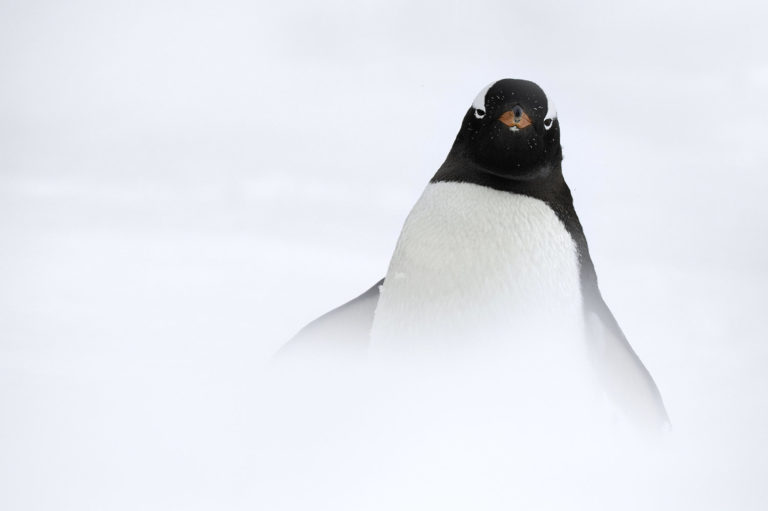Trip Report by Muench Workshops client Dave Kraus
As a long-time newspaper photojournalist, I’ve learned to photograph and deal with all kinds of people in all kinds of places. So, when I semi-retired three years ago, I began exploring other areas of photography and made it a personal goal to go on this bucket list trip to the Falkland Islands, South Georgia, and the Antarctic. But I never thought it would actually happen until I found this trip from Muench Workshops that would let me explore this incredible part of the world with fellow photographers under conditions designed just for shooters. While things did not go exactly as planned, the results exceeded all my expectations.
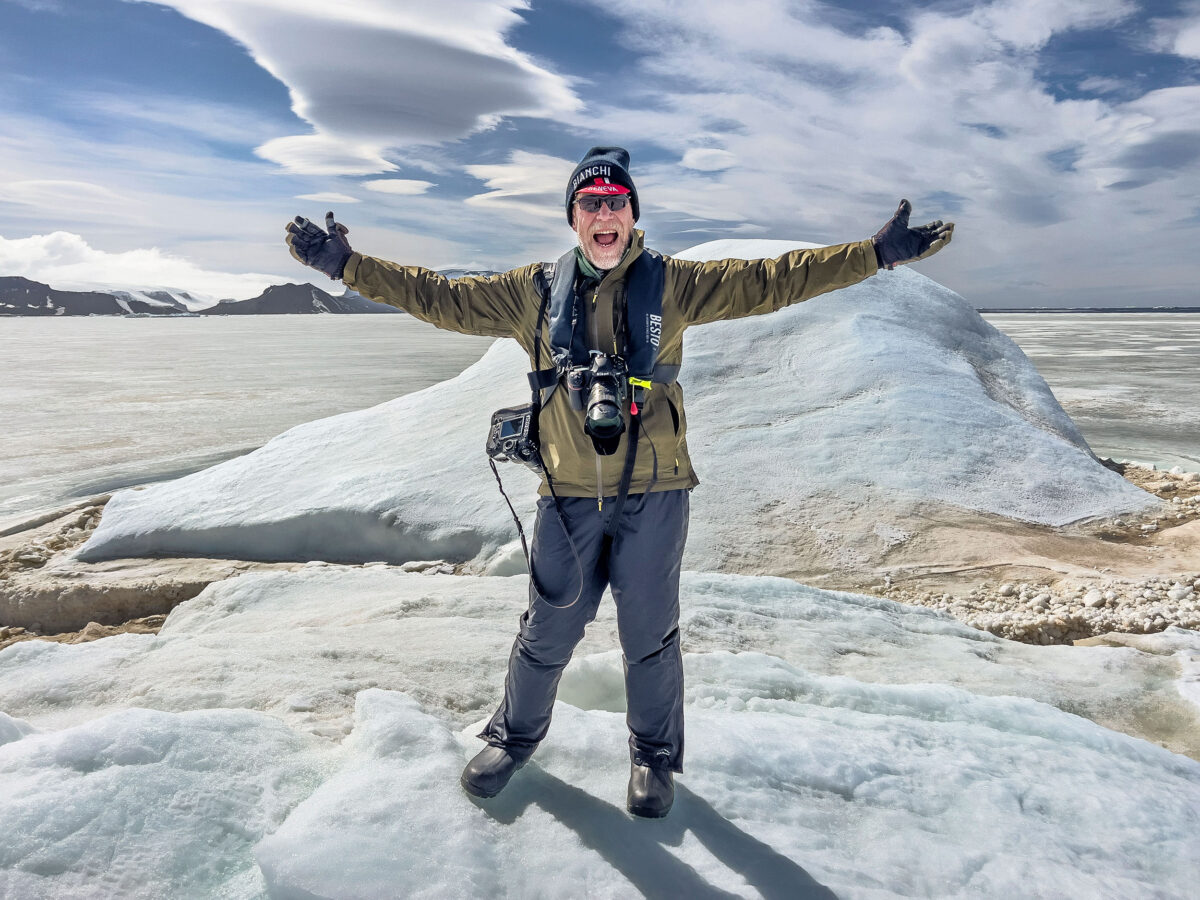
Shortly after reaching the Falklands, we learned that we could not include South Georgia in the itinerary as originally planned. Avian flu has tragically been spreading worldwide in the past few years, decimating many wild bird populations as it spreads and evolves to infect other animals. It has been detected on South Georgia Island in penguins, other birds, and seals, putting much of the island off limits to visitors to avoid further spreading this high mortality rate virus. It’s simply the risk you take on as an adventure traveler when doing a true “expedition” instead of a normal tour.
But this is where it paid off to go with an experienced workshop company. Our lead guide, Richard Bernabe, and Expedition Team Captain Russ Evans pivoted literally overnight to revise our itinerary to give us everything we wanted and more. Suddenly, with one less sea voyage, we had two extra days of shooting, and Russ, a native Falkland Islander, used his lifetime of experience to take us to additional locations in both the Falklands and the Weddell Sea in the Antarctic.
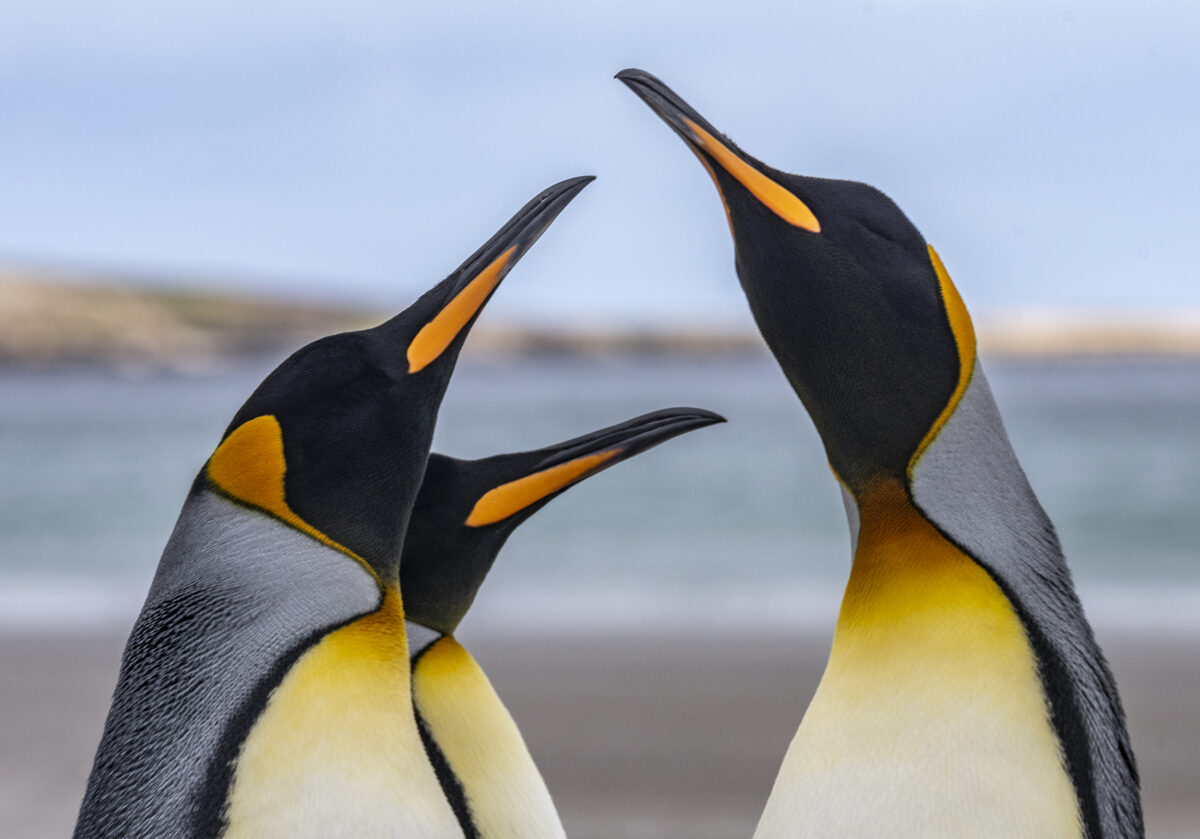
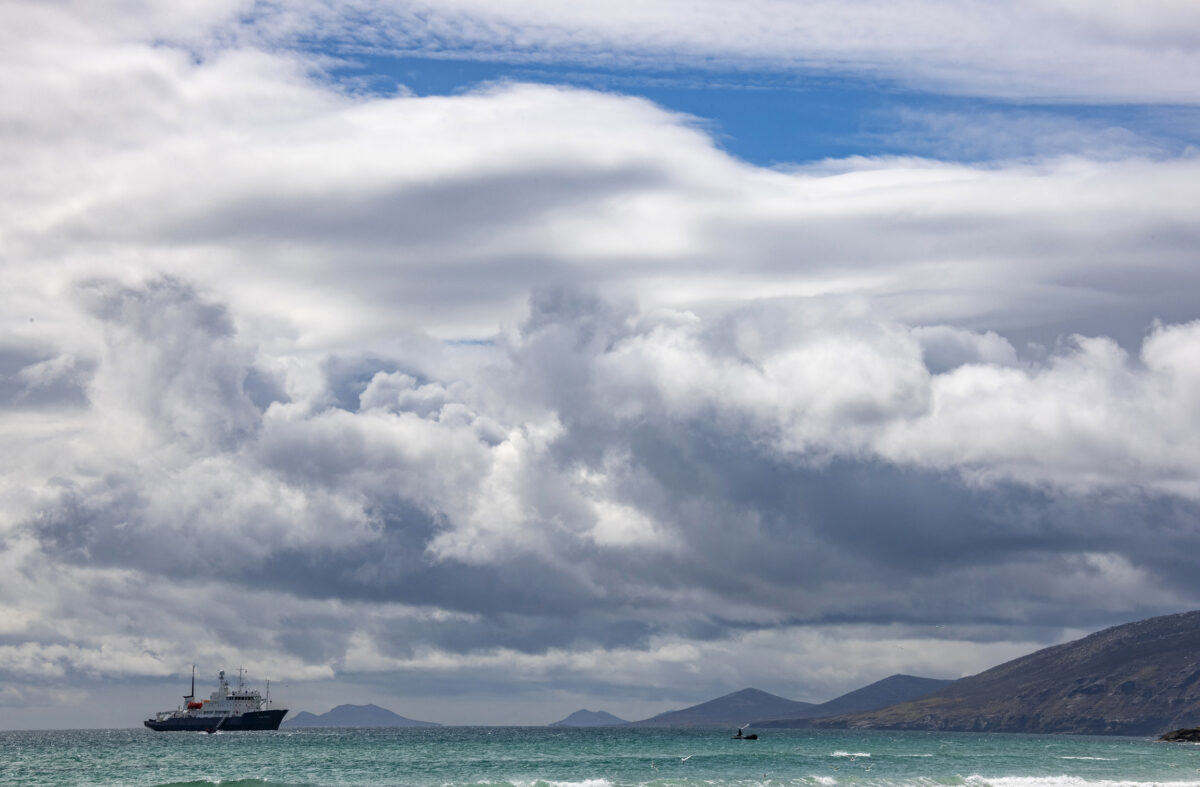
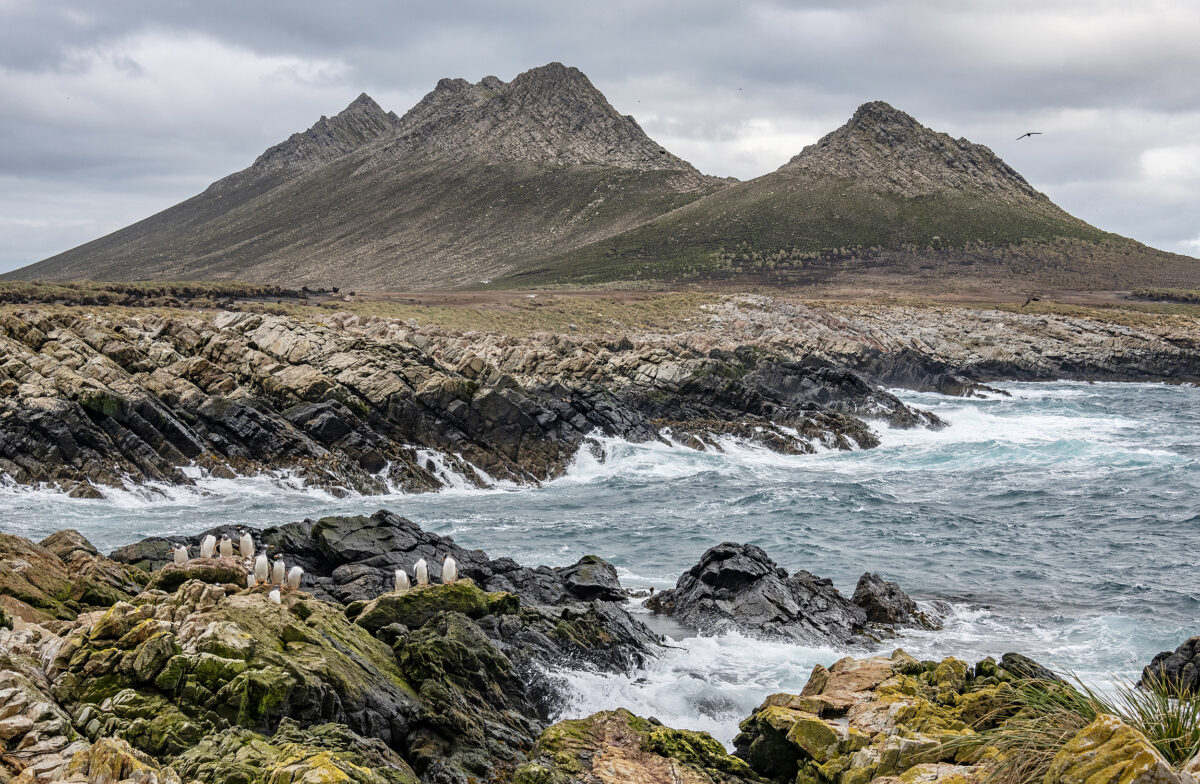
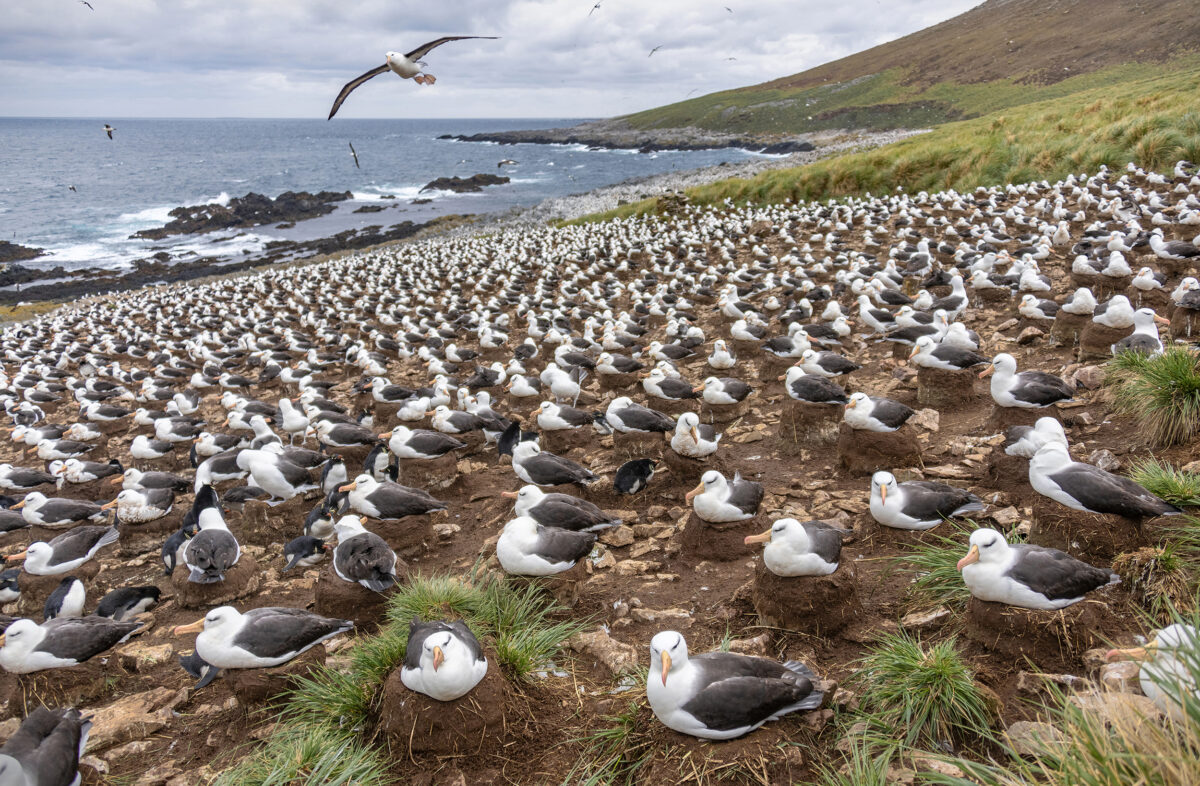
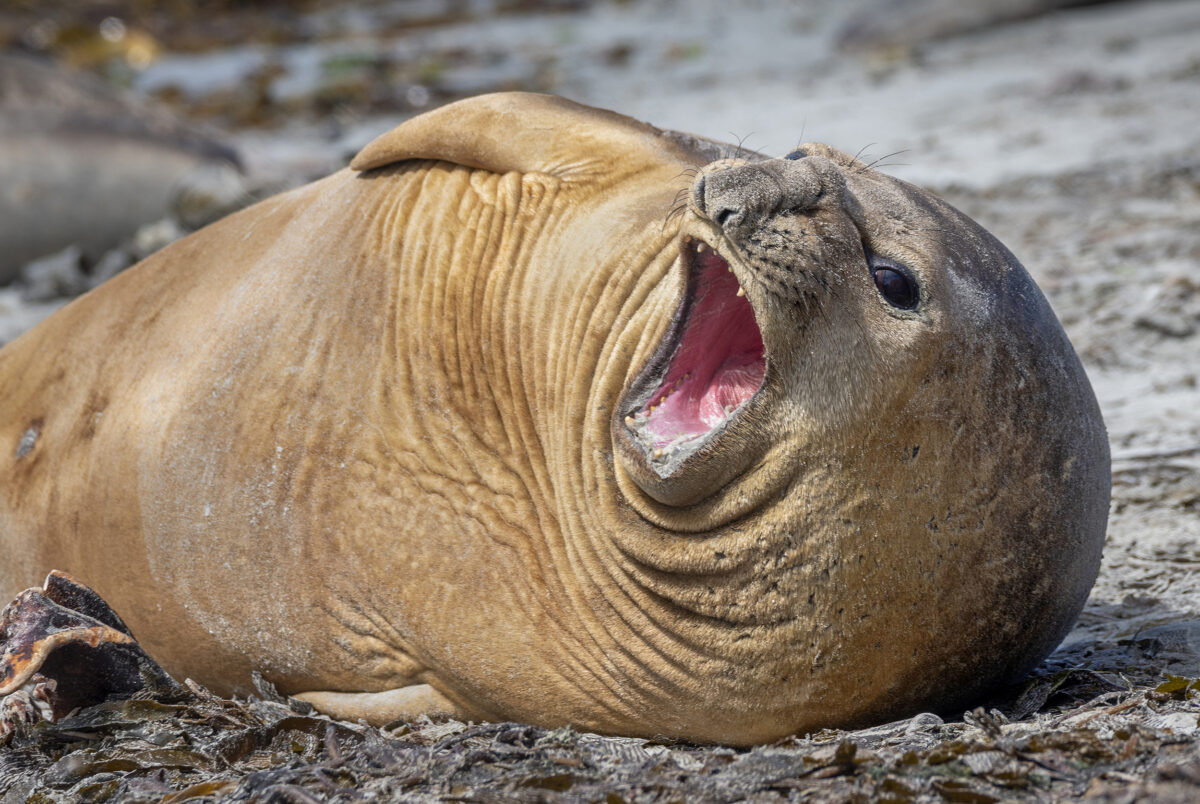
The Falkland Islands offered incredible scenery and friendly people, including Russ’s mother, who came out to greet us on Saunders Island, which his family-owned. There, we found rockhoppers, king penguins, and a wealth of seabirds that offered incredible visual opportunities. We visited Kelp Point with its elephant seals and Steeple Jason, the westernmost point in the Falklands, where we photographed the largest black-browed albatross rookery on earth. The nests lined the shoreline, extending totally out of sight around the island’s far end.
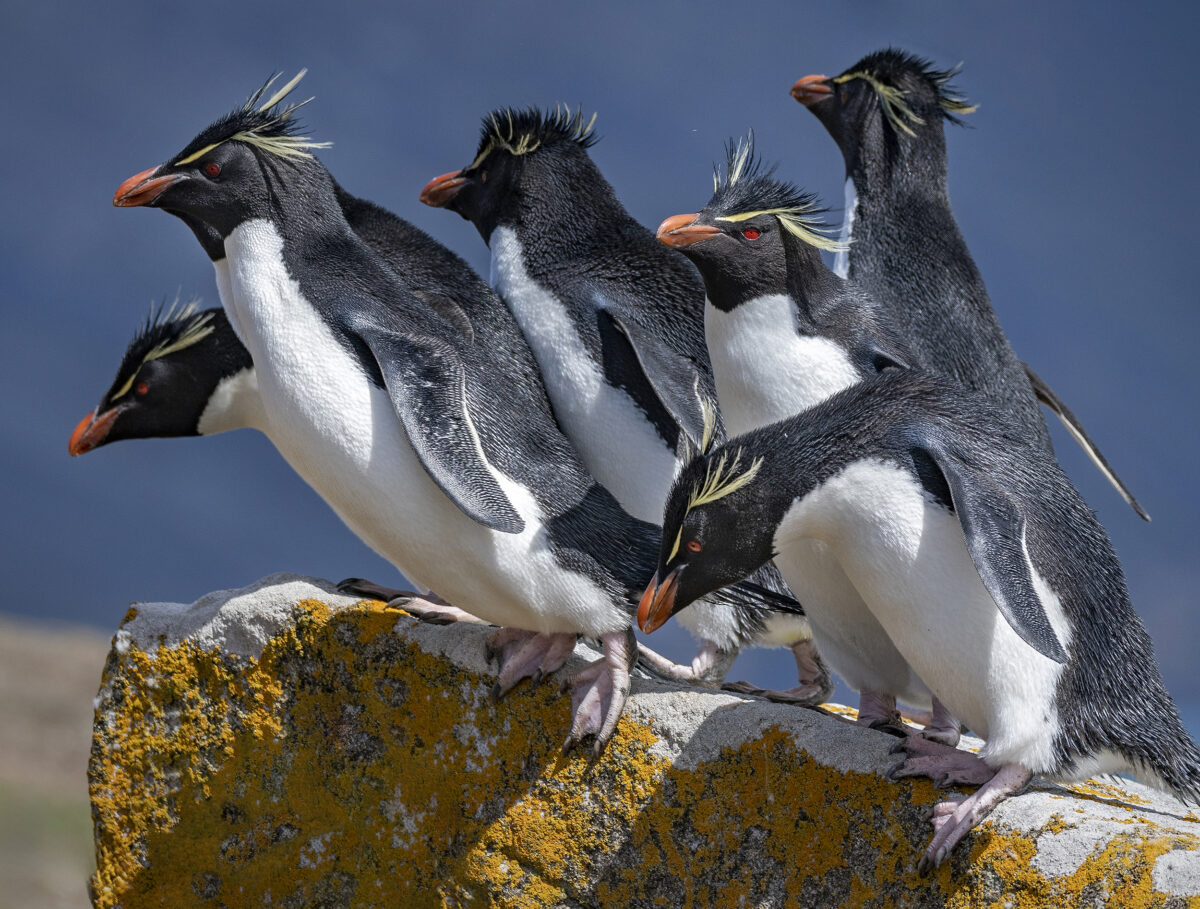
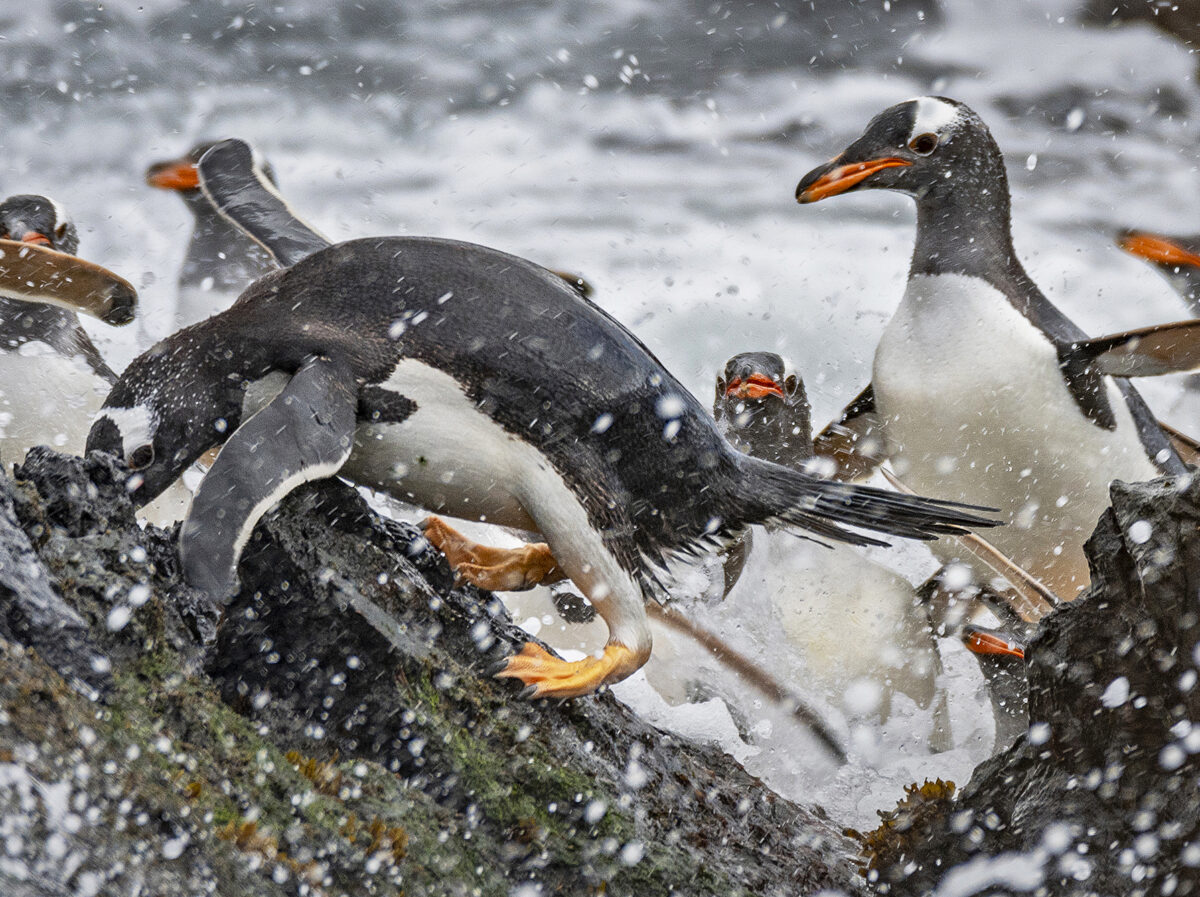
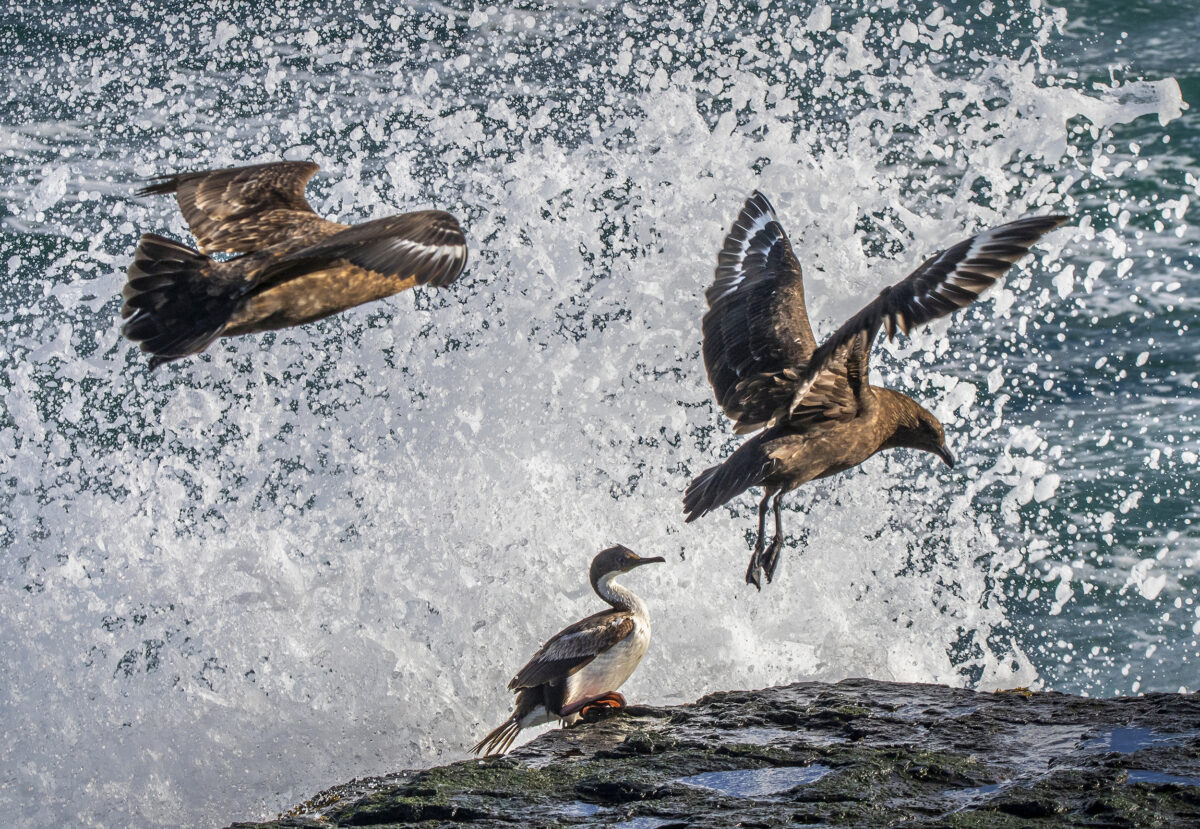
I had expected to find wildlife to photograph in this workshop, but the variety and numbers left me repeatedly stunned. Equally surprising—wonderfully so—was how totally unconcerned with our presence the wildlife seemed to be. The rule we were given was to approach no closer than 15 feet, but sometimes, it wasn’t easy to follow. I’d photograph one penguin, then turn around and find others standing behind me, inspecting this strange visitor or just waddling about doing their normal business.
Once we reached the Weddell Sea, there was more spectacular and unexpected scenery and wildlife. Vast crowds of Adélie penguins with their comic book white-rimmed eyes stealing stones from each other’s nest. Leopard seals lolling on ice floes, displaying their mouths full of sharp teeth for us as we hovered nearby in inflatable zodiac boats.
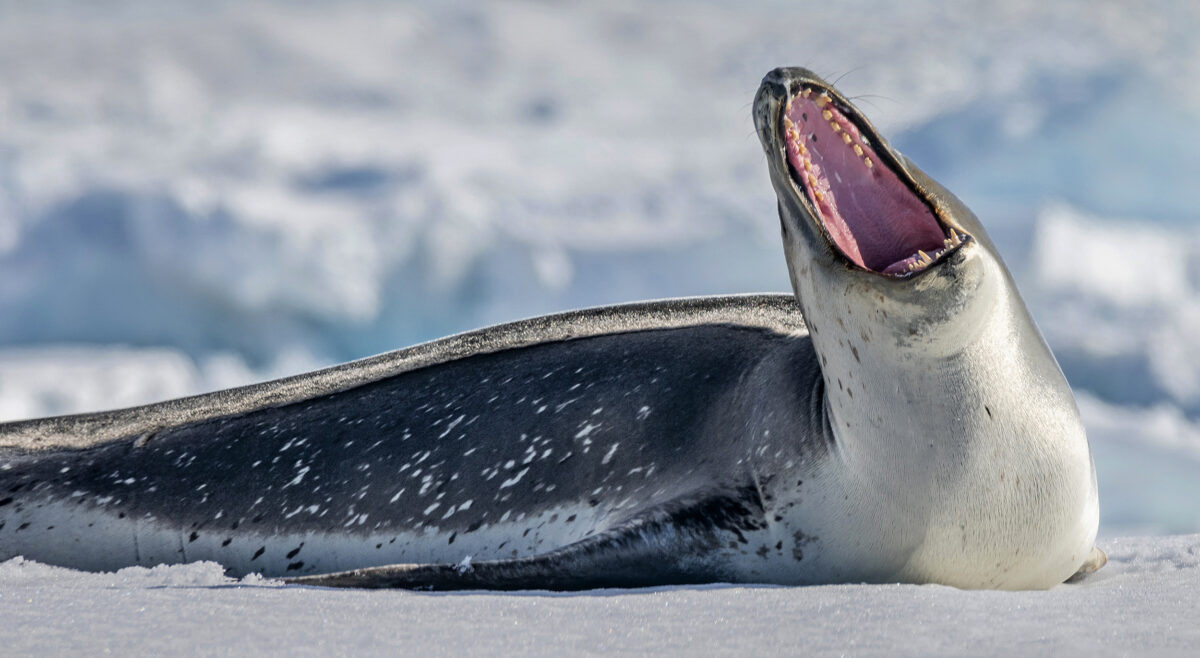
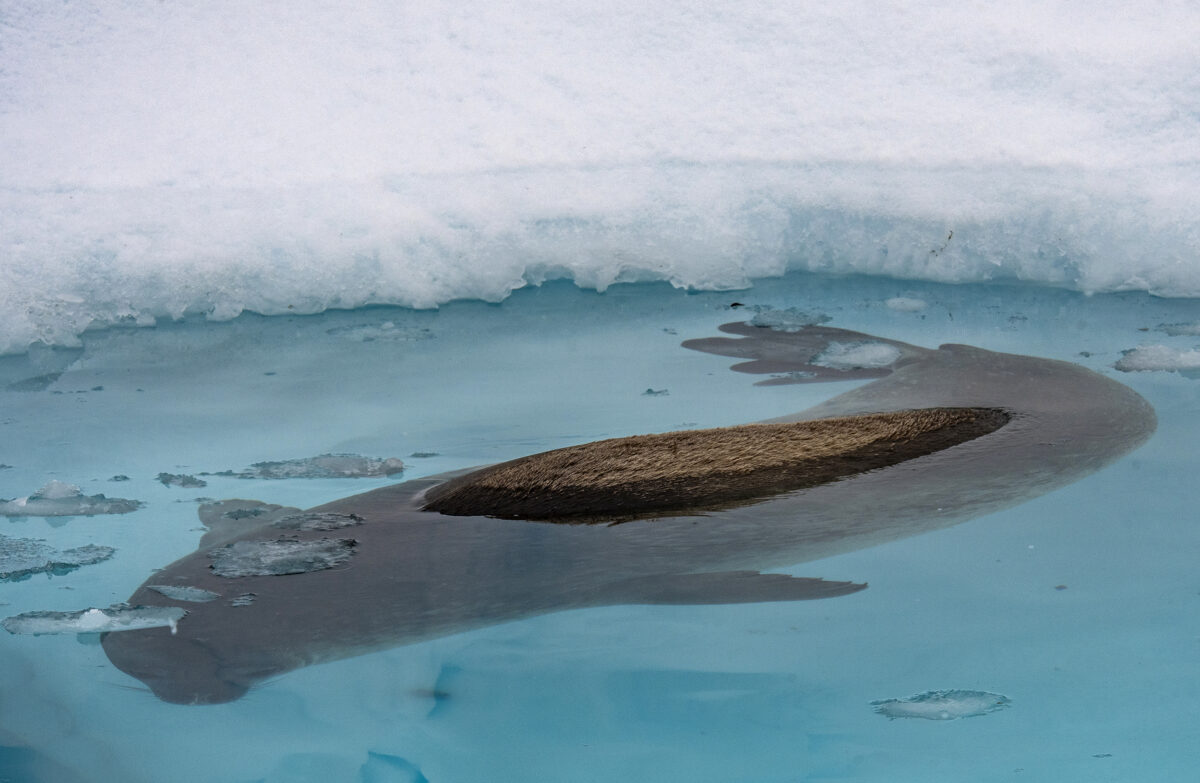
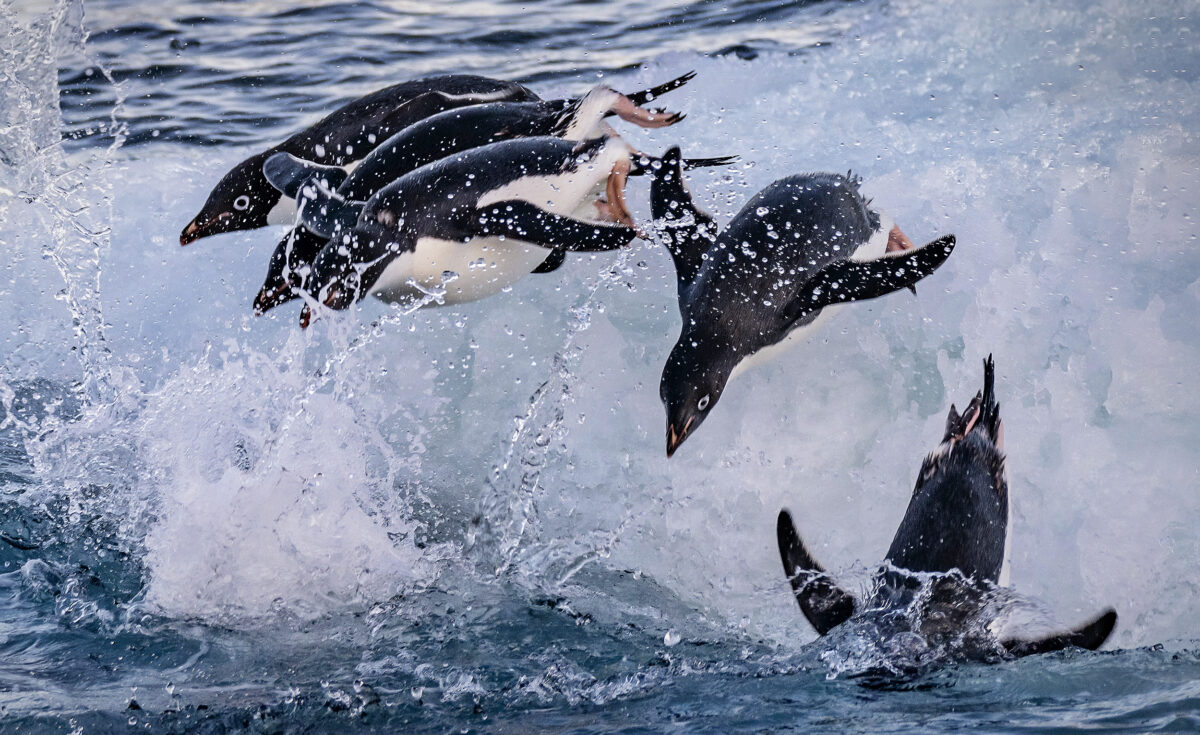
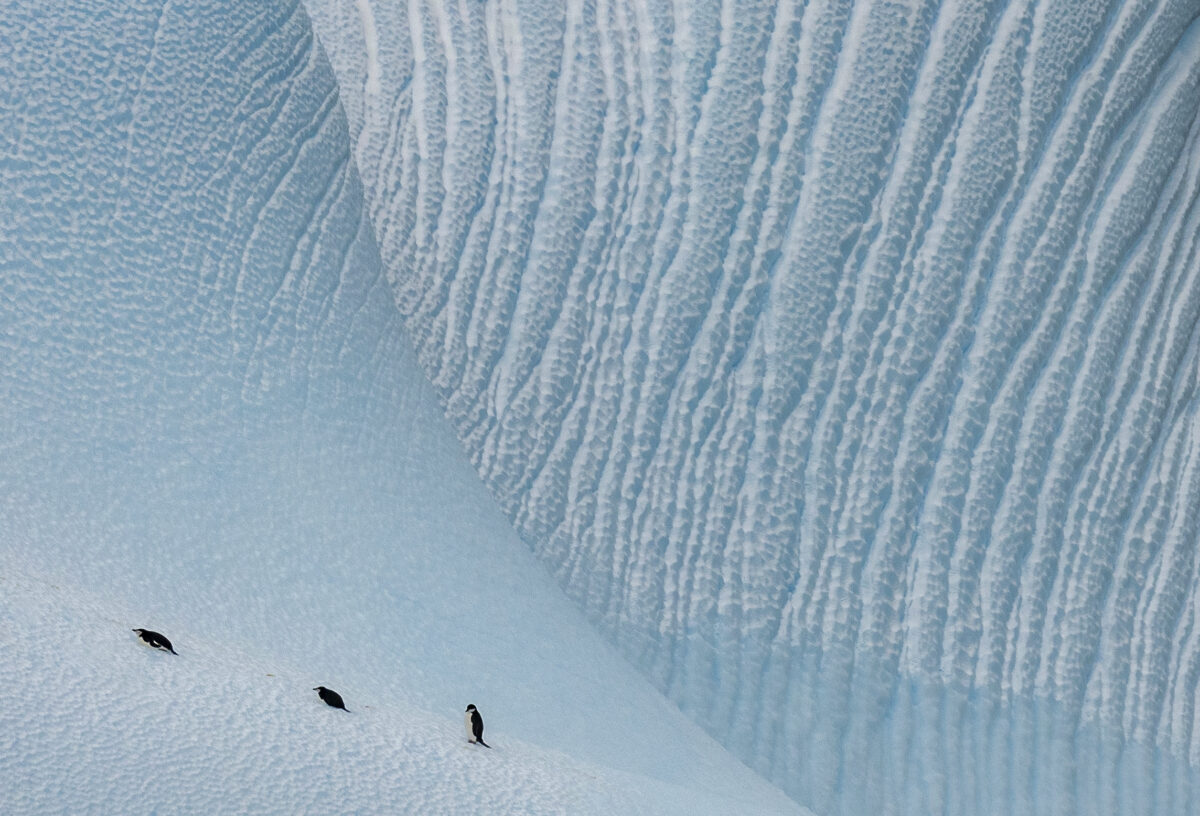
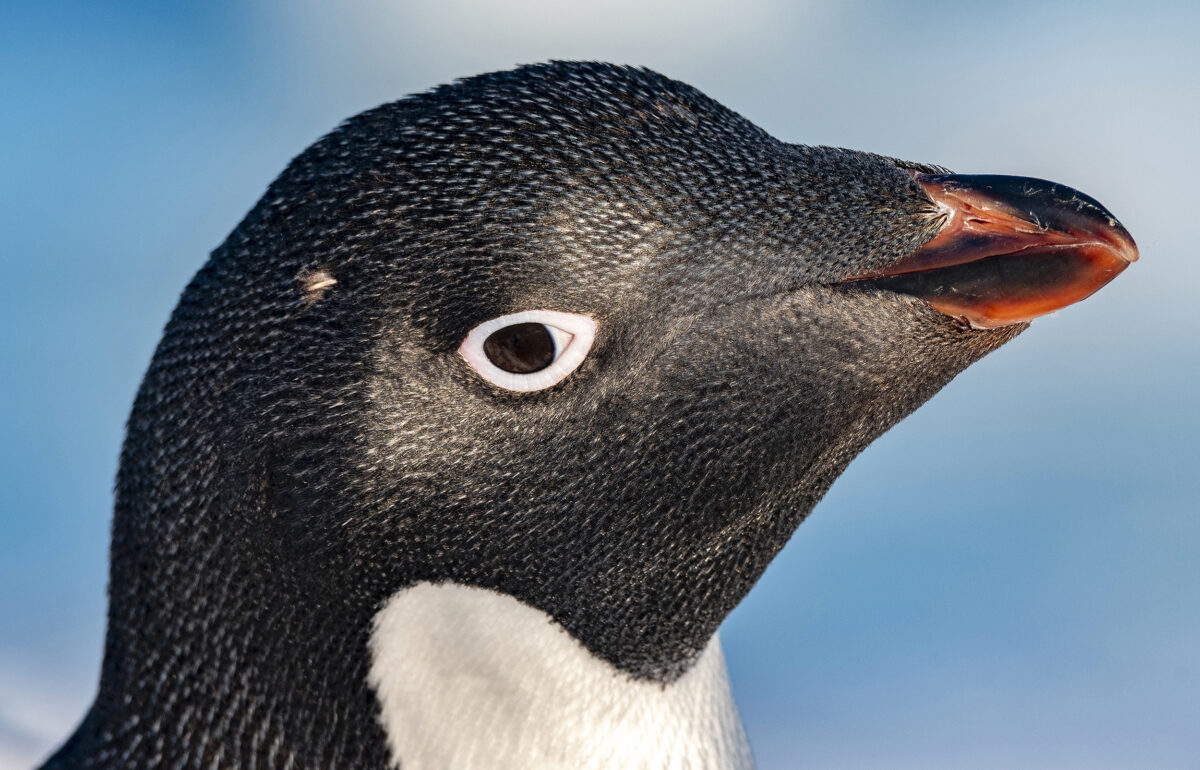
Humpback whales were feeding during the “golden hour” at sunset, which lasted for three to four hours during this Antarctic summer. Icebergs in shapes and sizes that will bankrupt your imagination. Lonely ramshackle huts and makeshift memorials remember past adventurers with no radios, nearby ships, warm cabins, or cold beers waiting in the lounge–only their resourcefulness to fall back on in case of disaster.
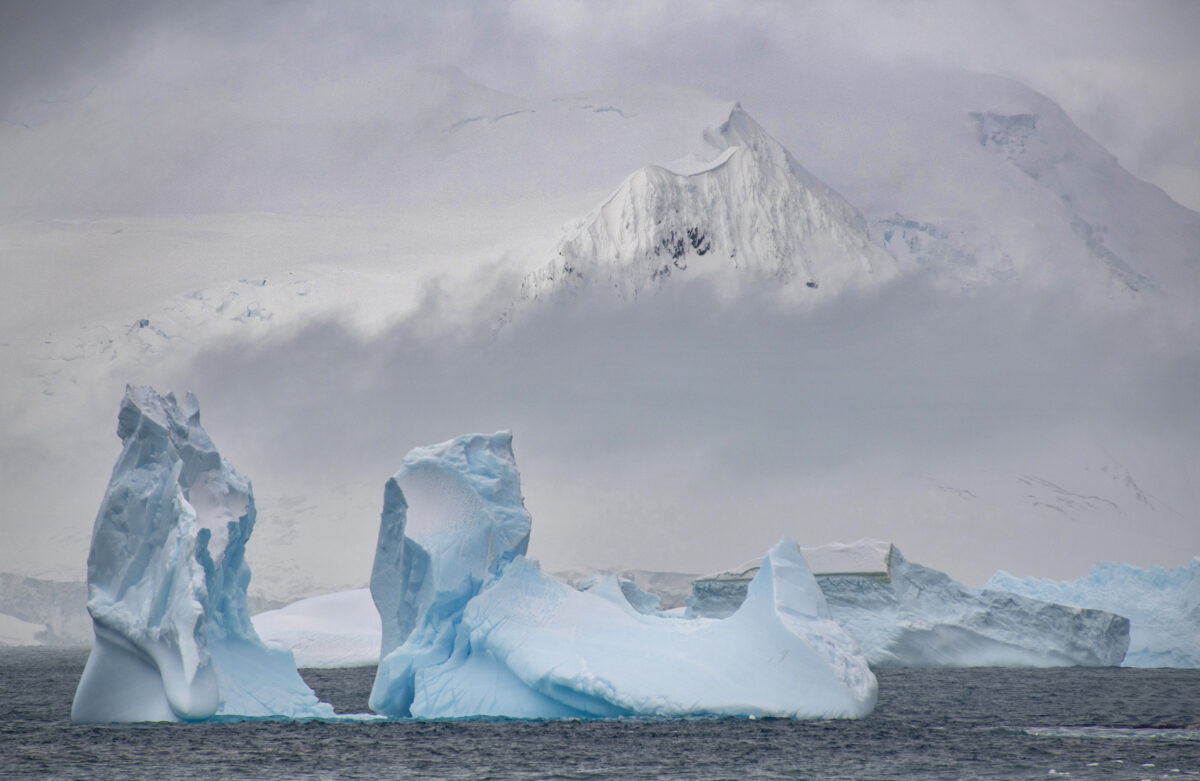
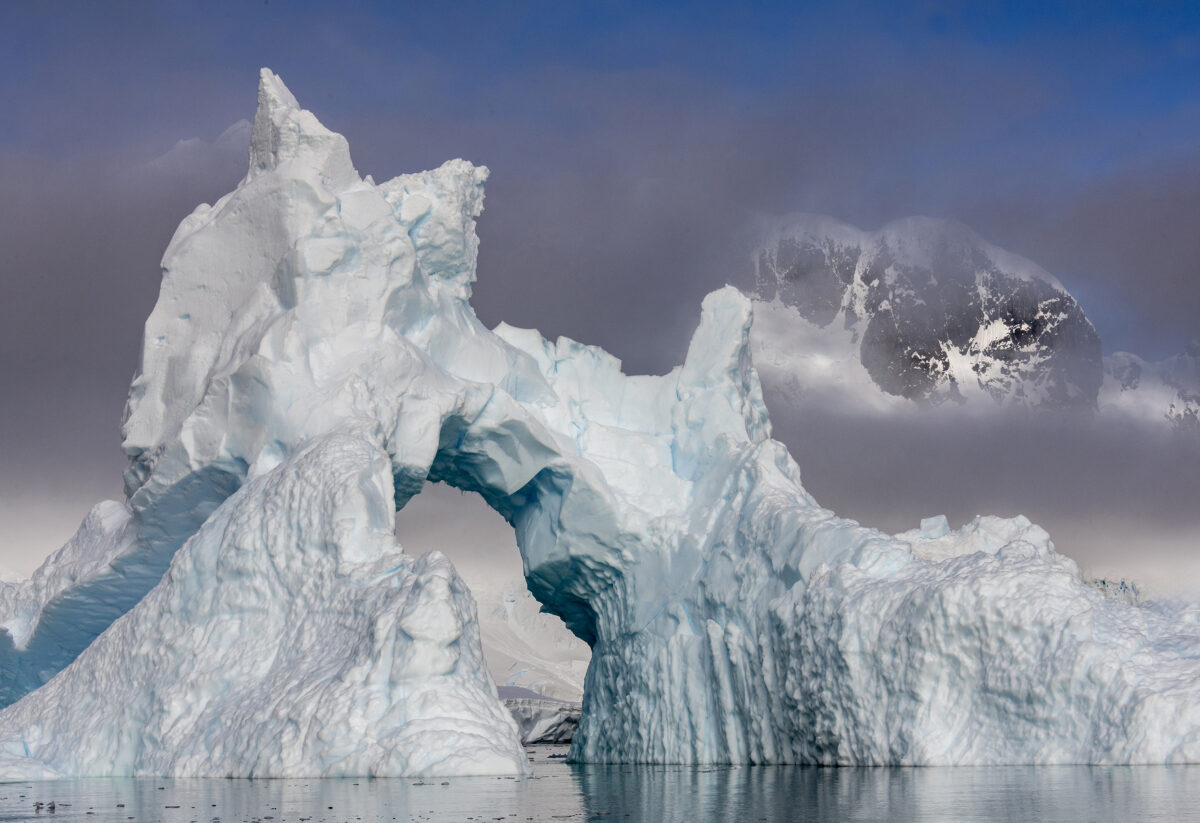
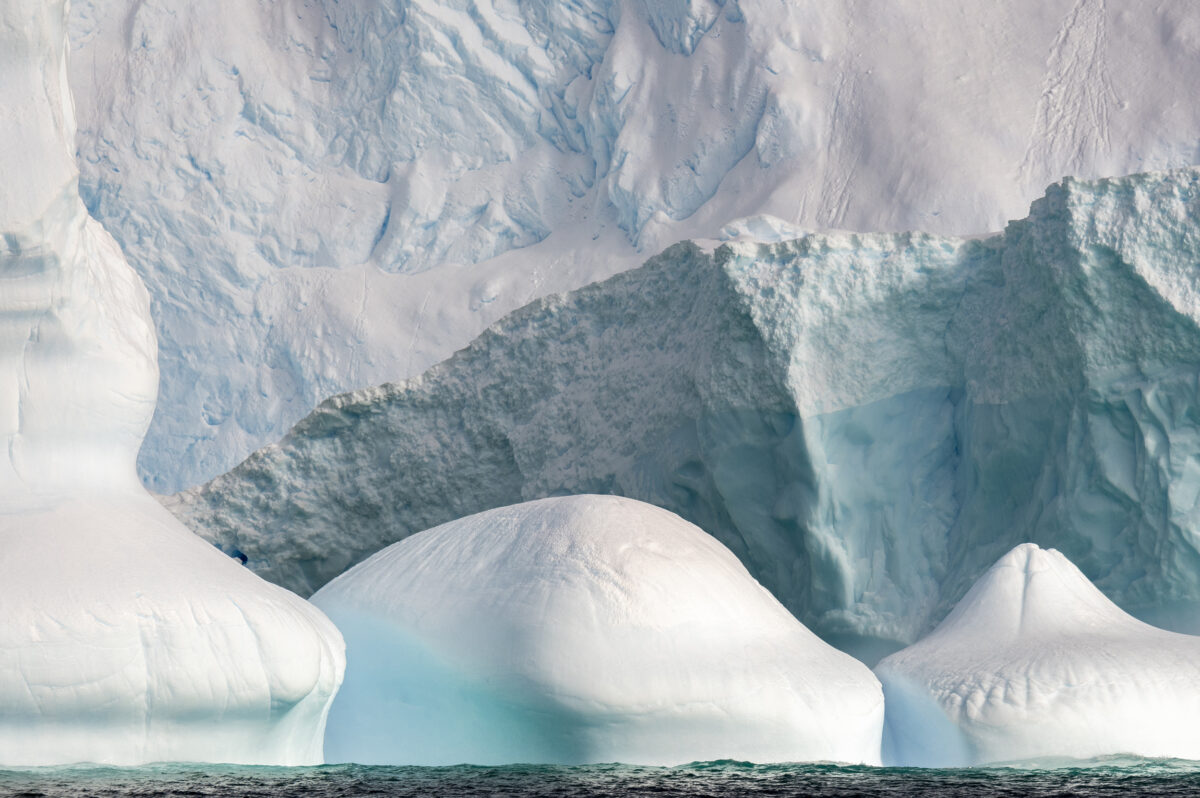
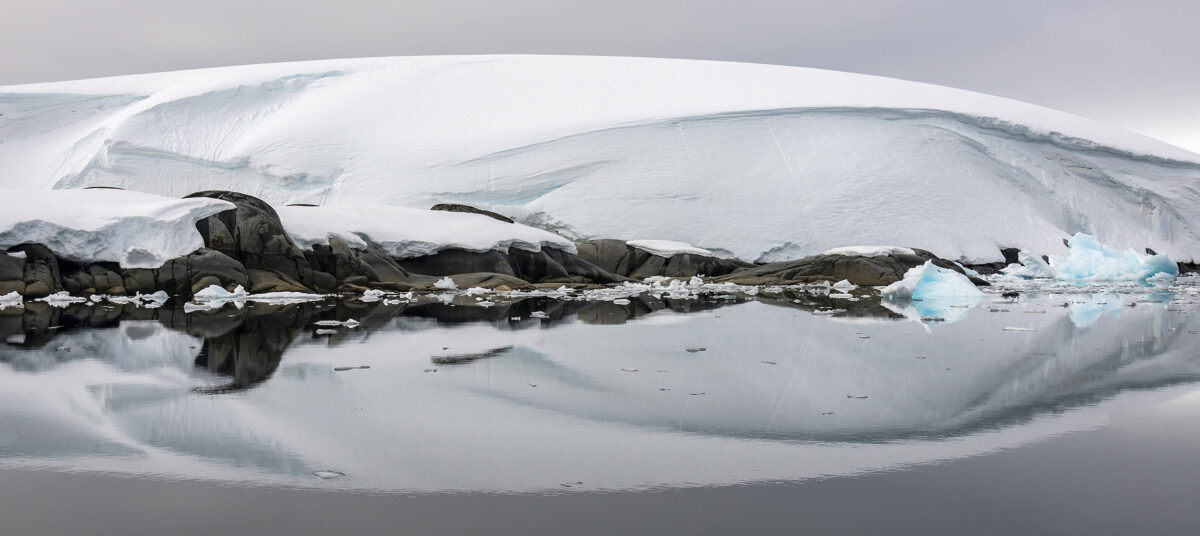
And then there was the sheer scale of the Antarctic. It sneaks up on you and hits you in the face with the total insignificance of all the works of mankind. Turn around during an ice walk and look at your tiny ship with nothing else human from one horizon to the other. No buildings, no roads, no blazed trails. But also no litter and no graffiti. It is a total and complete wilderness in all its glory and beauty. You’re surrounded by mountains no human has climbed and skies where it seems no airplane has ever flown.
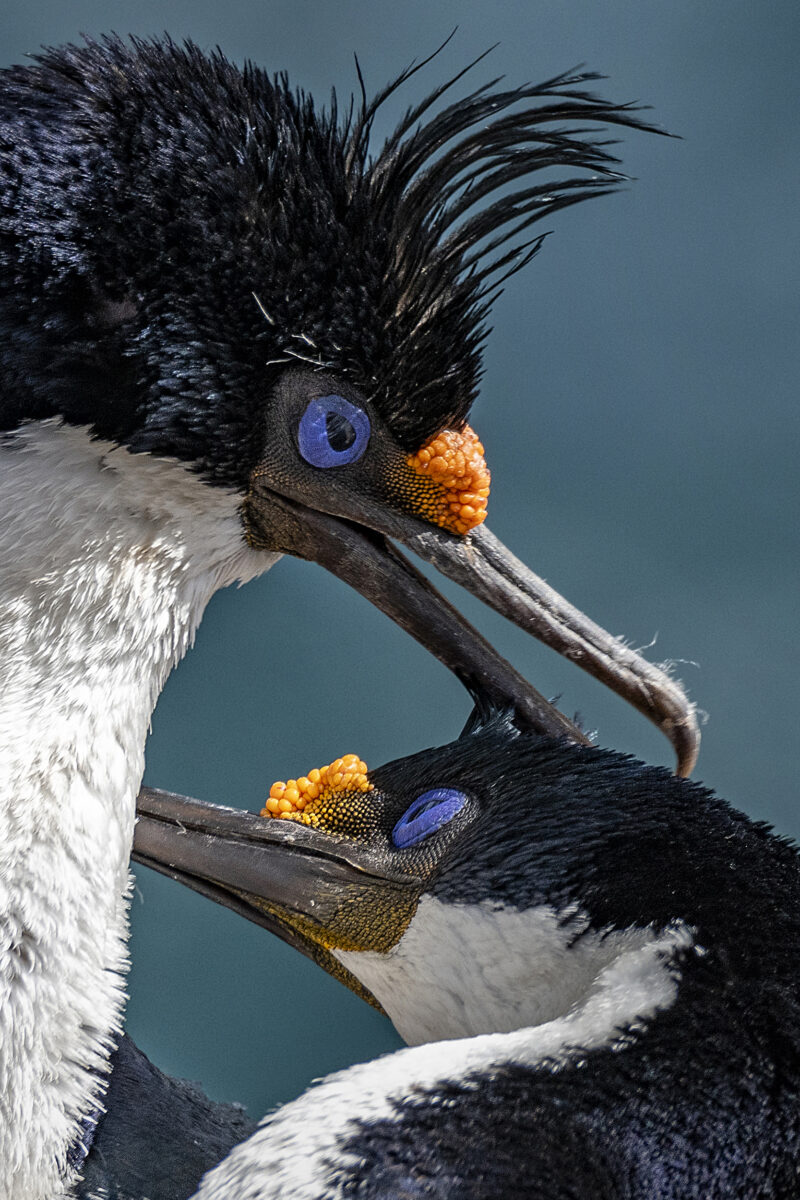
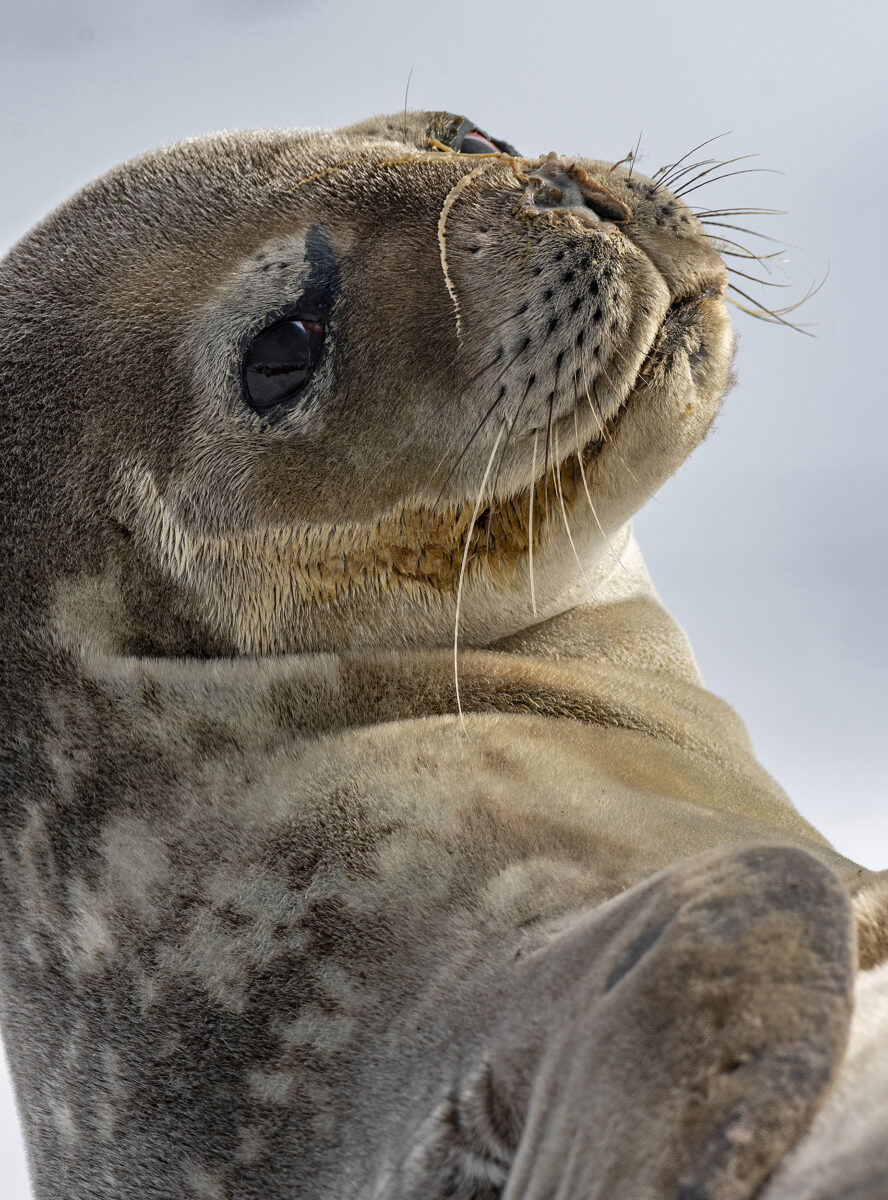
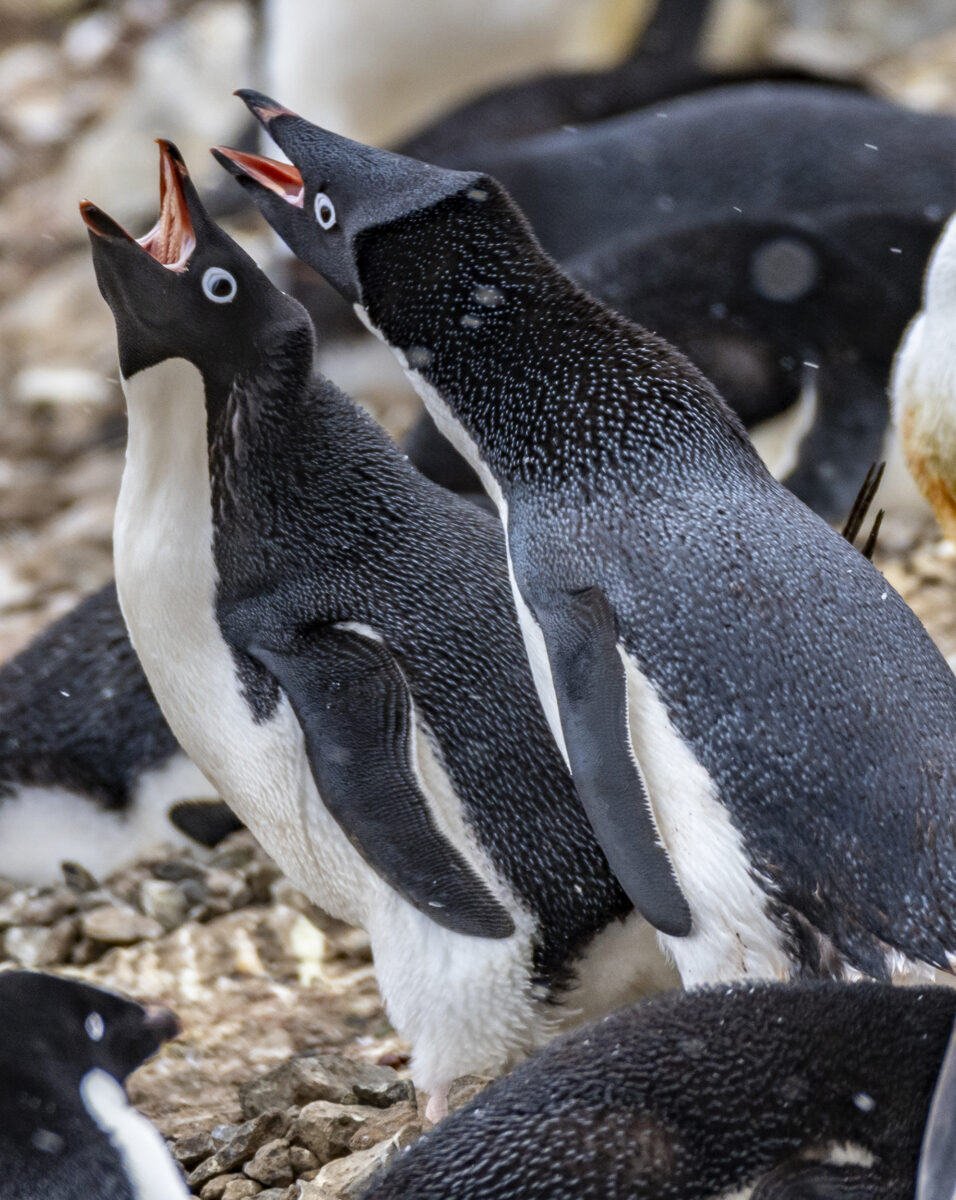
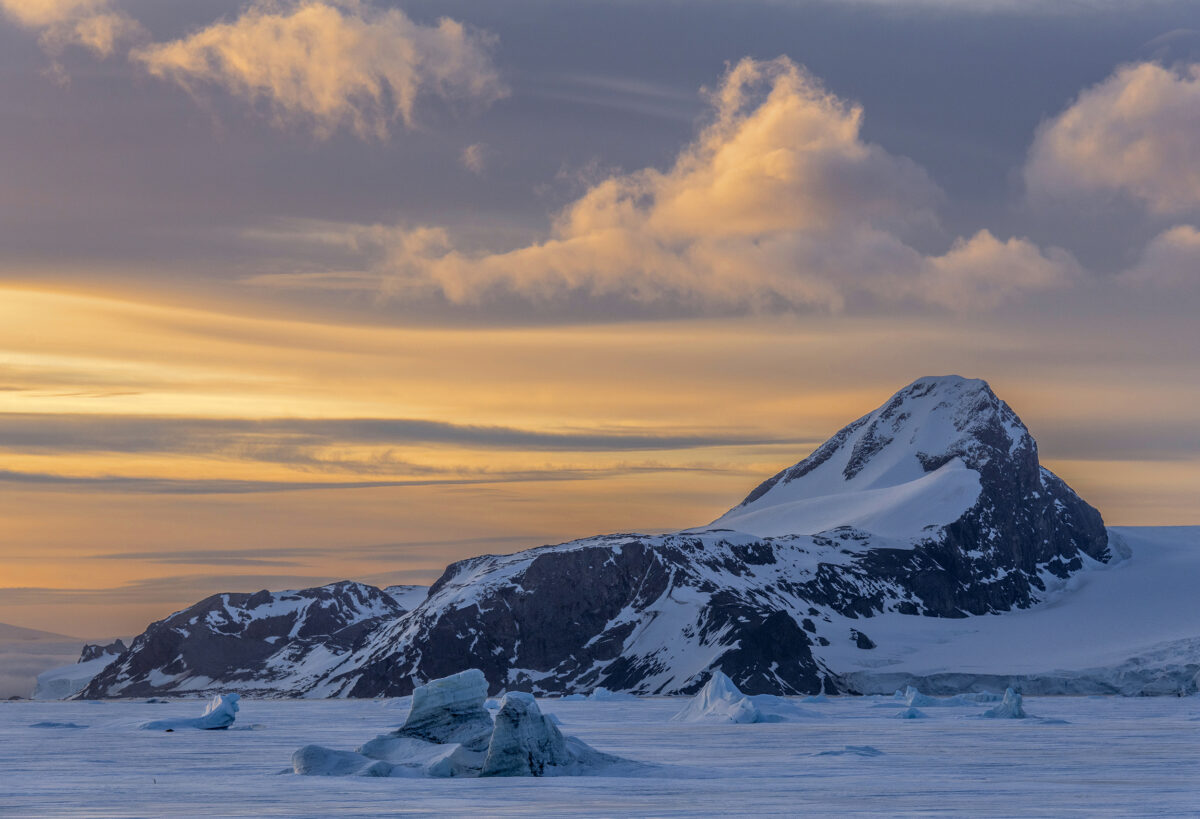
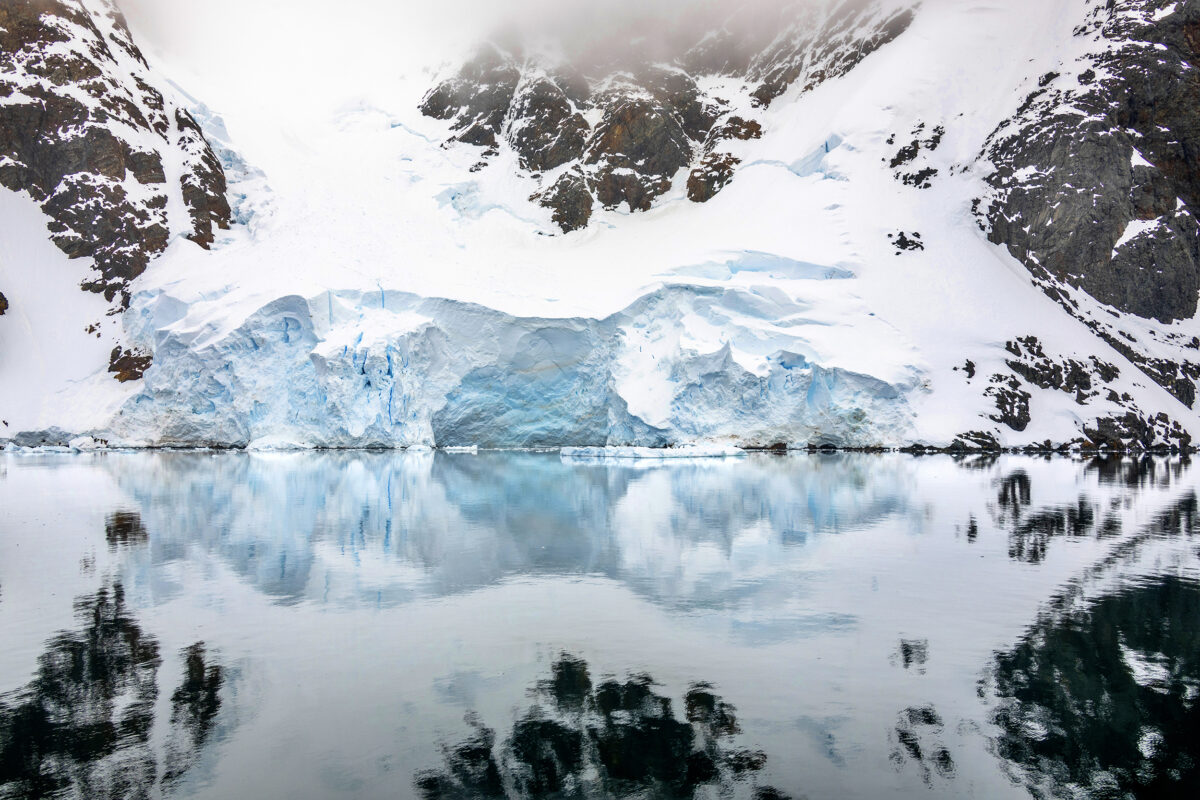
The weather was kind to us while we did all of this, even with the constantly changing conditions that could go from bright sun to total fog in only a few minutes. Temperatures during our activities were usually in the mid 20’s to mid 30’s, with more bite from the wind chill than the actual cold. We had many blue-sky days and often just enough fog in the bays and clouds trailing off the mountain peaks to make incredible images.
We crossed the dreaded Drake Passage twice to get here and back to South America. It’s home to some of the roughest seas in the world. But once we got past the famous “Drake shake” and into the local waters, it was often as calm as a farm pond, letting us easily shoot from the zodiacs as we cruised among the icebergs and large chunks of pack ice. I got some of my best images there of the wonderful creatures that have so perfectly evolved to call this raw and untamed place their home.
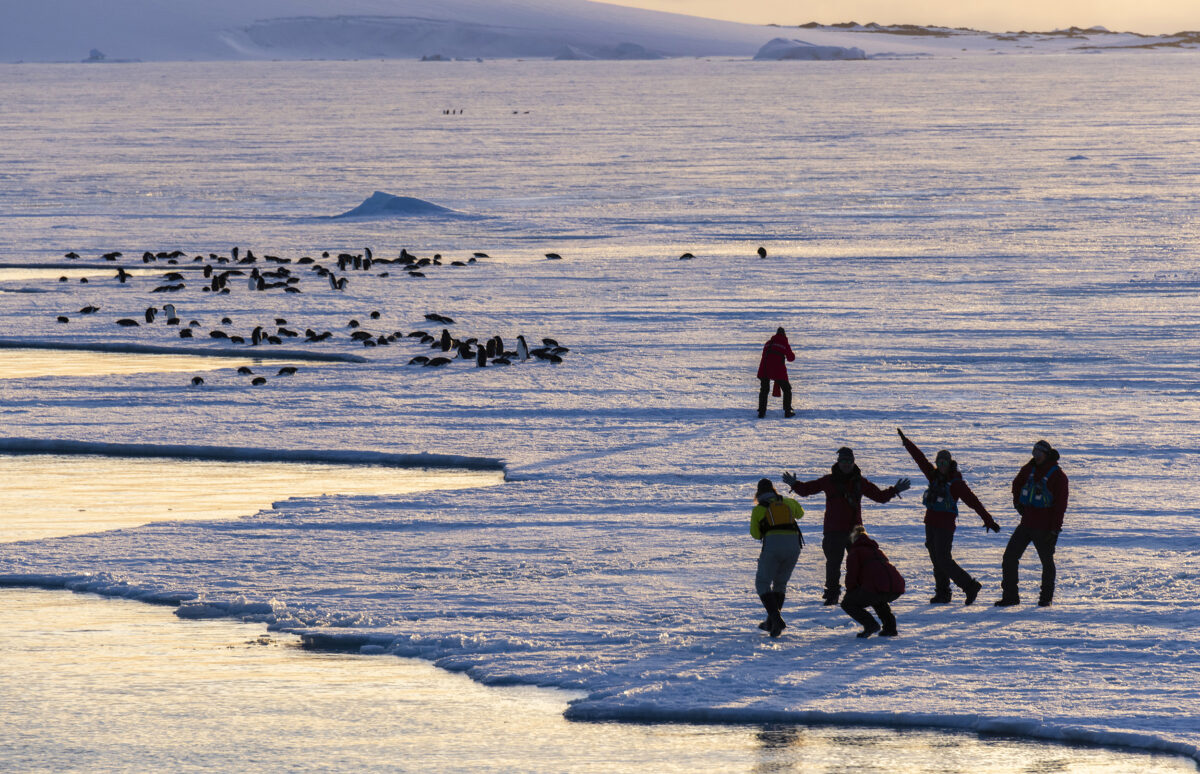
After going to this part of the world, I can easily understand why many past pioneers have fallen in love with the beauty and danger of the Antarctic. Once you have been there, you will know and maybe fall in love with it yourself.

